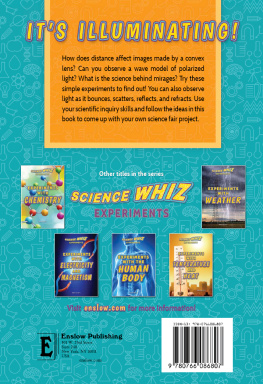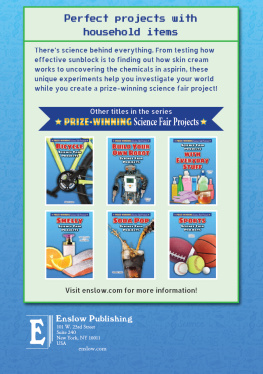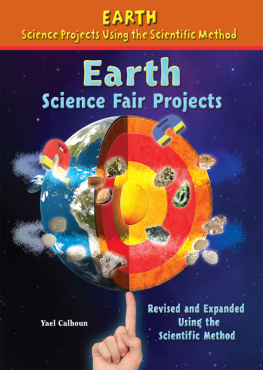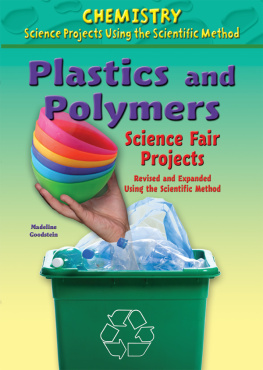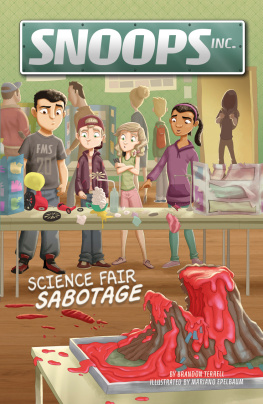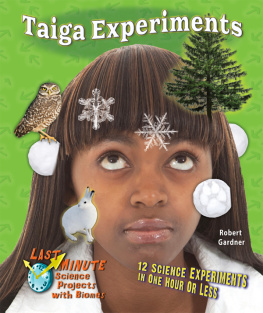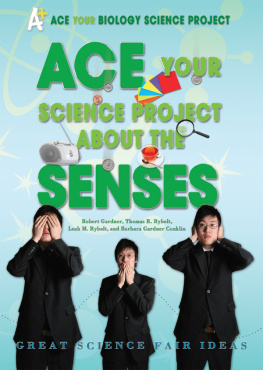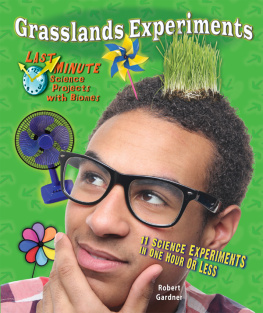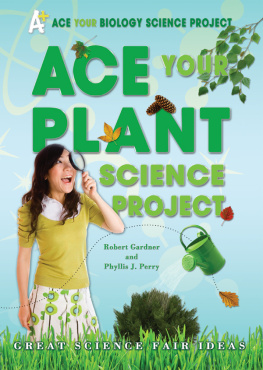Science Fair Projects Using Worms, Leaves, Crickets, and Other Stuff
What type of shelter best protects an animal from extreme cold? When do weeds interfere with the growth of radish plants? How does human travel impact the levels of water and oxygen in soil? Using easy-to-find materials and the scientific method, you can learn the answers to these biology questions and more. If you are interested in competing in science fairs, the book contains lots of great suggestions and ideas for further experiments.
ABOUT THE AUTHOR
Pam Walker and Elaine Wood are authors of more than twenty books for science teachers and students. Pam is a high school science teacher and Elaine is a full-time science writer.


Image Credit: Shutterstock
A snowy owl stands on the frozen ice of the Hudson River. The animals, plants, and environment of an area make up its ecosystem.
If you take a stroll through your neighborhood, what parts of the natural world do you see? Are plants growing? Can you spot birds flying overhead, or glimpse any insects on the ground? In the place where you live, is the weather warm or cold? The animals, plants, and temperature are just a few of the many parts of your ecosystem. An ecosystem is made up of the living things in an area along with the nonliving factors in that environment.
A science project is an ideal way for you to launch your own exploration of ecosystems and do some real science. Science projects provide great learning experiences, plus they give you a chance to find out more about a topic that interests you.
Science projects also help you see that science is not just a collection of facts that must be studied or memorized. Science is an active, ongoing process. When you get involved in a science project, you do a lot of thinking and ask lots of questions. In science, you will make decisions, create workable plans, and carry them out. As you read this book, your experiments will show how ecosystems work and why they are important. Lets begin our journey!
This book contains lots of fun experiments about ecosystems. Youll also be given suggestions for independent investigations that you can do yourself. Many of the experiments are followed by a section called Science Project Ideas. This section contains great ideas for your own science fair projects.
To do some of the projects in this book, you may need people to help you, because more than one pair of hands may be required. Try to choose helpers who are patient and who enjoy experimenting as much as you do.
The experiments are all easy to do and safe to carry out when the instructions are followed as given. Consult with your school science teacher or some other responsible adult to obtain approval before starting any experiments of your own.
If any danger is involved in doing an experiment, it will be made known to you. In some cases, to avoid any danger to you, youll be asked to work with an adult. Please do so. We dont want you to take any chances that could lead to an injury.
Most of the materials youll need to carry out the projects and experiments described in this book can be found in your home. Several of the experiments may require items that you can buy from a supermarket, a hobby or toy shop, a hardware store, or one of the science supply companies listed in the appendix. As you begin to use this book, show it to one of the science teachers in your school. Perhaps the teacher will allow you and some of your friends to use the schools equipment.
As you do these projects, you will find it useful to record your ideas, notes, data, and anything else you can conclude from your experiments in a notebook. That way you can keep track of the information you gather and the conclusions you reach. It will also allow you to refer to other experiments youve done that may be useful to you in later projects.


When scientists have a question to answer, they start by researching. They read scientific literature and consult online science databases that are maintained by universities, research centers, or the government. There, they can study abstractssummaries of reportsby scientists who have conducted experiments or done similar research in the field.
In this way, they find out whether other scientists have examined the same question or have tried to answer it by doing an experiment. Careful research will tell what kind of experiments, if any, have been done to try to answer the question.
Scientists dont want to repeat experiments that have known and accepted outcomes. Also, they want to avoid repeating any mistakes others may have made while doing similar experiments. If no one else has done scientific work that answers the question, scientists then do further research on how best to do the experiment.
While researching for the experiment, the scientist tries to guessor predictthe possible results. This prediction is called a hypothesis.
The scientist hopes that a well-researched and carefully planned experiment will prove the hypothesis to be true. At times, however, the results of even the best-planned experiment can be far different from what the scientist expected. Yet even if the results indicate the hypothesis was not true, this does not mean the experiment was a failure. In fact, unexpected results can provide valuable information that leads to a different answer or to another, even better, experiment.

A scientific experiment starts when someone wonders what would happen if certain conditions were set up and tested by following a specific process. In other cases, scientists must observe conditions that already exist. For example, in an experiment testing how environmental conditions may affect an animal population, you can ask the question: Are the sizes of ant populations in the local forest ecosystems related to the amount of moisture in the soil?
A hypothesis must be a statement because it has to be proved or disproved. The hypothesis might be:
- Large populations of ants are found in very moist soil.
- Moisture does not affect the number of ants living in a forest ecosystem.
- Ants prefer dry soil.
Next, decide how you are going to do your project. Would you try to count the ants in different areas of the forest? Would you count them all, or just a sample? What criteria would you use to decide how much moisture the soil is holding? How will you measure the moisture?
Before you begin your experiment, decide when you will collect data and for how long. For example, in an experiment on ants and soil moisture, you might want to count ants daily for a period of two weeks. Once you have an idea of the scope of your experiment, develop a data table in your science notebook. This is a place where you can record information as the experiment progresses.
After you have collected your data, you must examine it and decide what it means. This is the time when you will find the answers to your initial questions. You might conclude that there were more ants in the dry part of the forest than in the wet section. When you have your data and conclusions, share them with other people.



